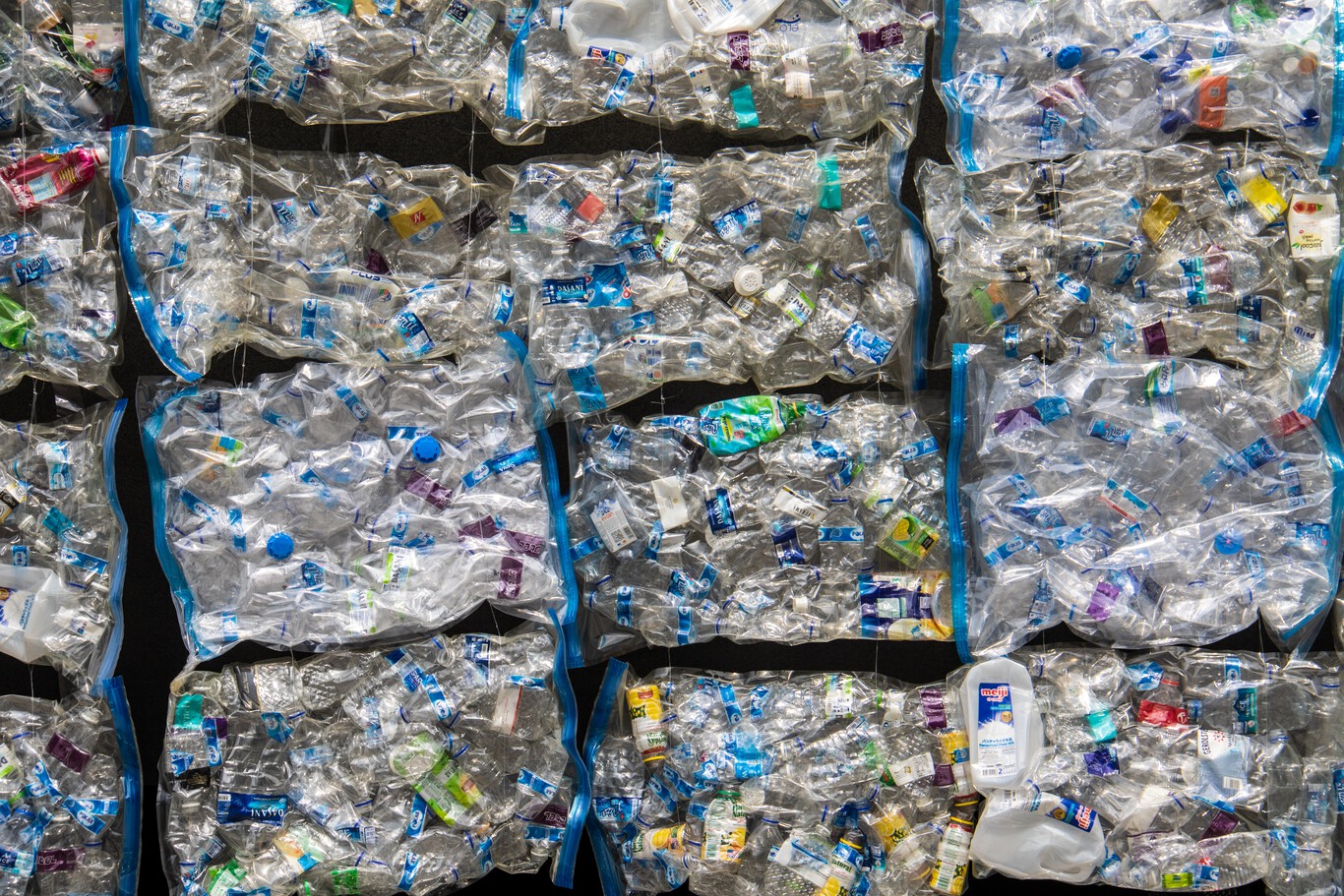
Everyone has a friend or relative who knows someone who has seen it with their own eyes: recycling trucks end up dumping all their contents in the same place. It may be one of the most widespread urban legends of recent decades, but it could also have more truth than we think. At least when it comes to recycling plastics.
One container to recycle them all. The problem arises before the trucks arrive for the container. Although in our mind plastics tend to occupy a single category of materials, the truth is that there are an infinite number of types, each with its characteristics. And therefore they have to be recycled separately. To this consideration, we must add that the recyclable plastics that end up in this container coexist with other containers and with plastics that should not be there.
Difficult and expensive. Recycling plastics is therefore difficult, and that difficulty makes the process expensive. More expensive than producing new. This generates a classic problem of externalities in which the price does not reflect the total costs generated by the product throughout its life, since waste management. To deal with this problem, in Spain, the law obliges producers and distributors to take charge of the waste derived from packaging.
The first economy in the world and its problem with recycling. For several years now, the United States has not provided official data on the consumption and recycling of plastic. According to these official data, in 2014 9.5% of these materials were recycled. The problem is that that figure included waste exported to Asia for treatment, a habit it shares with Europe. The United States is one of the big players, both for the plastics it creates and for the plastics it throws away.
Recovering plastics in Spain. It is worth asking what is the situation of the recycling of plastics in Spain. The answer is also difficult because of the variety of metrics that can be used. For example, according to EUROSTAT data, Spain recycled 69.6% of the containers of this type that it generated in 2019, approximately 118kg per capita of the 170 generated. These are similar data, although somewhat higher than those of neighboring countries France (63.4%) and Portugal (62.8%).
Meanwhile, the Organization of Consumers and Users (OCU) speaks of 30% of recycled packaging and Ecoembes estimates that the figure exceeded 87% in 2021. The methodologies with which each entity makes the calculation vary, it must be taken into account which are the reference values that are taken, plastics produced, tons of waste collected, managed… long etcetera of ways of measuring that offer different results.
Impossible to avoid the use of plastics. It is important not to fall into the demonization of a wide and varied category of materials. Many of them are today essential in our day to day and it would be unthinkable to give them up. That is why a good part of the focus is focused on single-use plastics such as packaging.
New and old alternatives. The incineration of plastics is an alternative to recycling. It has the advantages that it reduces the volume of waste and generates energy. Plastic is generated from hydrocarbons and can contain a relatively high energy density. The problem is that also like burning traditional hydrocarbons, burning plastics generates pollutants and greenhouse gases.
Chemical recycling. Similarly, the idea of chemical recycling of plastics has been put forward. This process implies that the waste is first transformed through chemical processes into a liquid hydrocarbon. A kind of diesel created from discarded plastics. This process, which requires more complex treatment and is still implemented only on a small scale, has the advantage of creating a liquid fuel and therefore more manageable. Again, it poses the same difficulties as other hydrocarbon-based energy sources.
Decompose plastic. During the last few years, we have read news about worms, bacteria, and enzymes capable of eating plastic in a more or less literal sense. This is undoubtedly promising news but again raises many questions, for example about its scalability. It is not certain to what extent this alternative will be feasible in the long term in a world that is increasingly concerned about waste but that increasingly demands more of these products.
Plastic recycling is not the only thing we should look at. The problem of recycling plastics is not the only one that will have to be resolved in the coming years, but the problem of metals may be the reverse. The relatively low level of recycling of these means that they must be constantly extracted. Here the environmental problems derive from this extraction and not from its disposal (which does not mean that they do not exist). In addition, the potential depletion of some metals can make their production more expensive while their recycling remains static.

Sharlene Meriel is an avid gamer with a knack for technology. He has been writing about the latest technologies for the past 5 years. His contribution in technology journalism has been noteworthy. He is also a day trader with interest in the Forex market.











